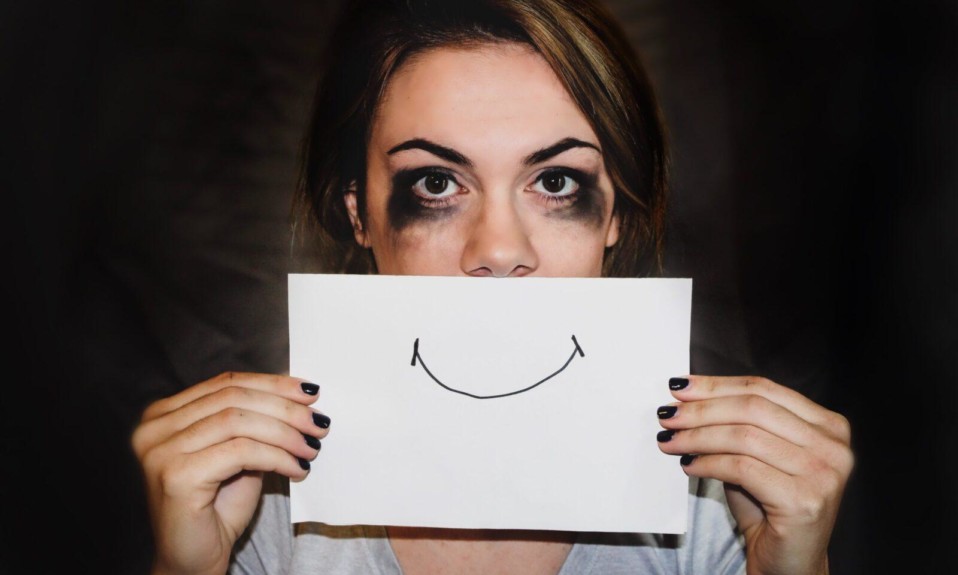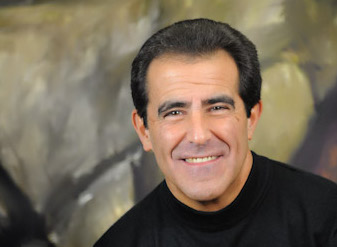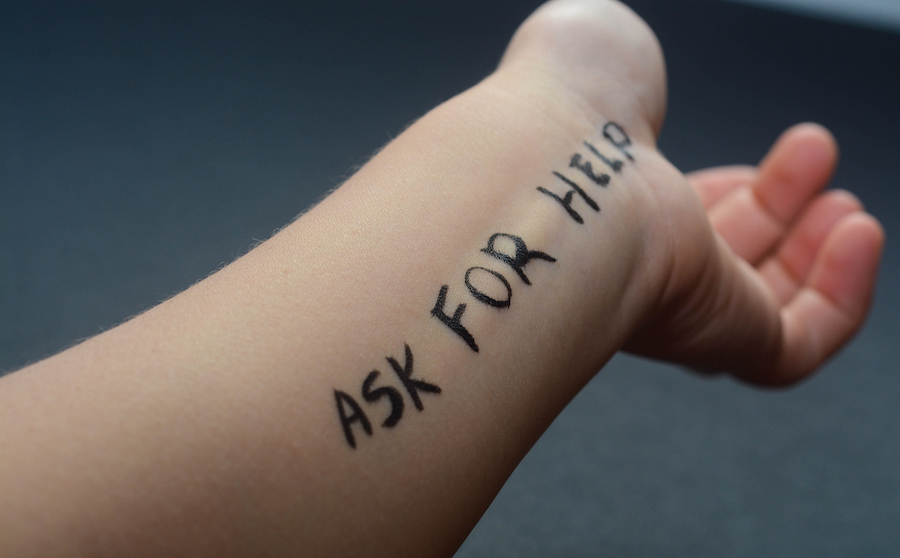New research pinpoints disconnect between Americans’ awareness of own mental wellbeing, negative stressors, and treatment needs
By Jason Langendorf
October 1, 2020A national behavioral health care survey released in September revealed that most respondents rated their own mental health positively—while at the same time admitting a number of negative effects tied to certain current events, including COVID and politics.
In the online survey of 1,623 Americans, 85% of respondents rated their own mental health status as OK, good or excellent. Yet among those same respondents, LifeStance Health, a behavioral health care company, found that:
- 58% worried about the upcoming elections
- 38% said the upcoming presidential election adversely affects their sleeping habits
- Nearly a third (32%) ranked coronavirus as their top fear
- 1 in 4 respondents reported feelings of rage
- 18% said the weak economy has made them consider “stealing or acting unethically to support” themselves or their family
“The real surprise here is the disconnect between how much people are feeling the mental health impact and how difficult it is for them to articulate that,” says Anisha Patel-Dunn, DO, a psychiatrist and the chief medical officer at LifeStance. “As a culture, we’re not very good at articulating our emotions and our feelings.”
Patel-Dunn cited “conflicting emotions” and a likely element of “denial” that may help explain the seemingly contradictory survey results. The stigma of seeking mental health treatment, access and cost also may be preventing Americans from seeking and finding the care they need, she said. Nearly half of respondents (47%) have not sought mental health treatment due to cost or lack of access. Only 11% said they have sought therapy to improve their mental health.
The real surprise here is the disconnect between how much people are feeling the mental health impact and how difficult it is for them to articulate that.”—Anisha Patel-Dunn, DO, psychiatrist and chief medical officer at LifeStance
“People really struggle with knowing where to get help—and how to get help,” Patel-Dunn says. “Most companies have an employee-assistance program that actually [includes] mental health treatment. But historically in mental health, there’s been a huge dichotomy of so many behavioral health clinicians not accepting insurance. So people have to pay out of pocket, which then creates more disparity in who’s able to access care and who’s not based on their socioeconomic status.”
Patel-Dunn commends the behavioral health industry for embracing telehealth and other technologies to help improve awareness of and access to care, showing flexibility in accommodating patients during the pandemic and making efforts to bridge the socioeconomic divide in mental health care (such as sliding payment scales based on income). She also admits there’s plenty of work still left to be done.
“I include addiction treatment in that, because there is so much overlap,” Patel-Dunn adds. “My intervention here is really trying to get people to realize, it’s OK to get treatment, it’s OK to say that you’re not doing well. Actually, it can be very helpful for people that are struggling to know they can be open and talk to their loved ones and their friends about how they’re really feeling.”
Photo: Sydney Sims














